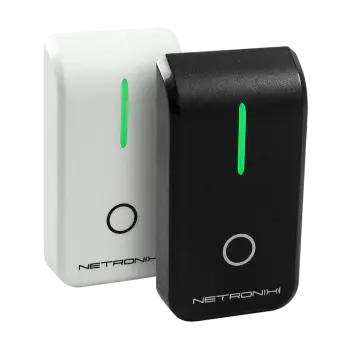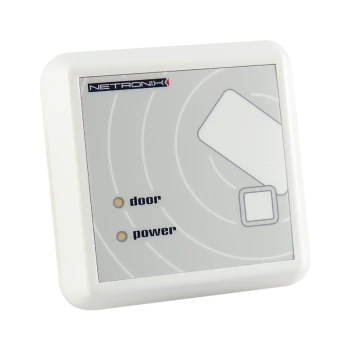Open Supervised Device Protocol (OSDP) is an access control application communication standard developed by the Security Industry Association (SIA) to improve the interoperability of access control products and their security. OSDP was approved as an international standard by the International Electrotechnical Commission in May 2020 and was published as the IEC 60839-11-5 standard.
The current revision of SIA OSDP v2.2, based on the IEC 60839-11-5 standard, was released in December 2020. The SIA OSDP standard is continuously being developed to maintain its industry leadership position.
Why is OSDP worth implementing?
SIA encourages the widespread adoption of this standard, which is already widely used by many leading manufacturers of access control devices. OSDP is recommended to be implemented for any access control installations that require a high degree of security and / or will be used in government facilities. The OSDP standard is especially valuable for government applications as it meets federal access control requirements such as PKI for FICAM.
Together with the increased functionality and security, the standard enables the simplification of the infrastructure, requiring only a four-wire cable for data transmission and power supply. Additionally, when using the RS485 interface, it is possible to use a bus topology, which significantly simplifies the implementation of the application.
Benefits of OSDP
Compared to popular older low-security protocols, the OSDP standard offers:
Higher security
- OSDP is more secure than the most popular access control communication protocol,
- OSDP Secure Channel supports Advanced AES-128 encryption (required for government applications),
- OSDP constantly monitors the cabling to protect against sabotage threats and such as to counteract "man in the middle" method.
Advanced functionality
- OSDP supports advanced smart card technology applications including PKI / FICAM and biometrics,
- OSDP supports bi-directional communication between devices,
- OSDP supports an advanced user interface including welcome messages and text prompts,
- The use of two wires in OSDP instead of 12+ enables multi-point installation, supervised connections to indicate reader failure, and scalability to connect more field devices.
Ease of use
- Audiovisual user feedback mechanisms provide a rich, user-centric access control environment,
- Guesswork is eliminated as encryption and authentication are predefined,
- Low cost of implementation on an embedded device.
Greater interoperability
- Using OSDP enables communication between devices and solutions from different manufacturers,
- The standard applies to peripheral devices such as card readers and other devices at secure doors / access gates and their control panels,
- The OSDP specification is currently recommended when TCP/IP, USB or other popular protocols are not applicable to an application,
- The OSDP specification is extensible to IP environments and the OSDP working group is working on implementing OSDP over IP.
OSDP readers in the Netronix offer

- OSDP
- Modbus RTU
- DESFire®
- "On metal"
MW-R8B / MW-R8G
MW-R8B / MW-R8G is a wall-mounted reader of RFID proximity cards and transponders from the MIFARE® Classic, Plus, Ultralight C, DESFire, ICODE® SLI, HID iCLASS (CSN only) families, operating at 13.56MHz. The reader is adapted to work on metal surfaces.

- OSDP
- DESFire®
MW-R7B / MW-R7G
MW-R7B / MW-R7G is RFID card reader with support of MIFARE® Classic, Plus, Ultralight C, DESFire, ICODE® SLI, HID iCLASS (CSN only) family cards and transponders, working on frequency of 13,56MHz.

- OSDP
- Modbus RTU
- DESFire®
MW-R4B / MW-R4G
MW-R4B / MW-R4G is a wall-mounted reader for RFID proximity cards and transponders from the MIFARE® Classic, Plus, Ultralight C, DESFire, ICODE® SLI, HID iCLASS (CSN only) families, operating at 13.56MHz.

- OSDP
- DESFire®
UW-R4G
UW-R4G is wall mount RFID proximity card and transponders reader from the MIFARE® Classic, Plus, Ultralight C, DESFire, iCLASS (CSN only), ICODE® SLI (ISO 15693) families, operating at 125kHz frequency, equipped with an RS485 and WIEGAND interfaces. Reader has also built-in antenna, buzzer, relay, two LED indicatiors and RTC clock with battery backup and comunicate over interface via OSDP v2, Modbus RTU or Netronix transmission protocols.
Source: Security Industry Association (SIA) / Supplementing the content: Netronix Sp. z o.o.


